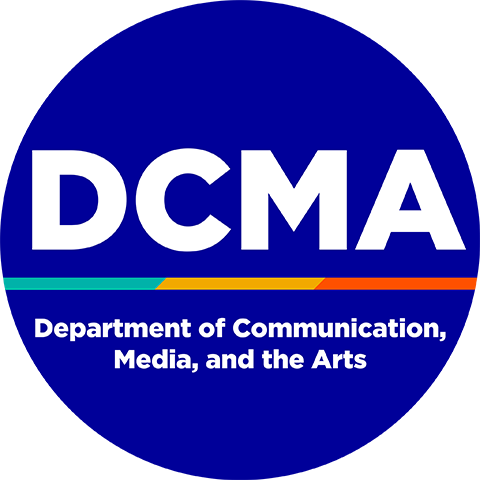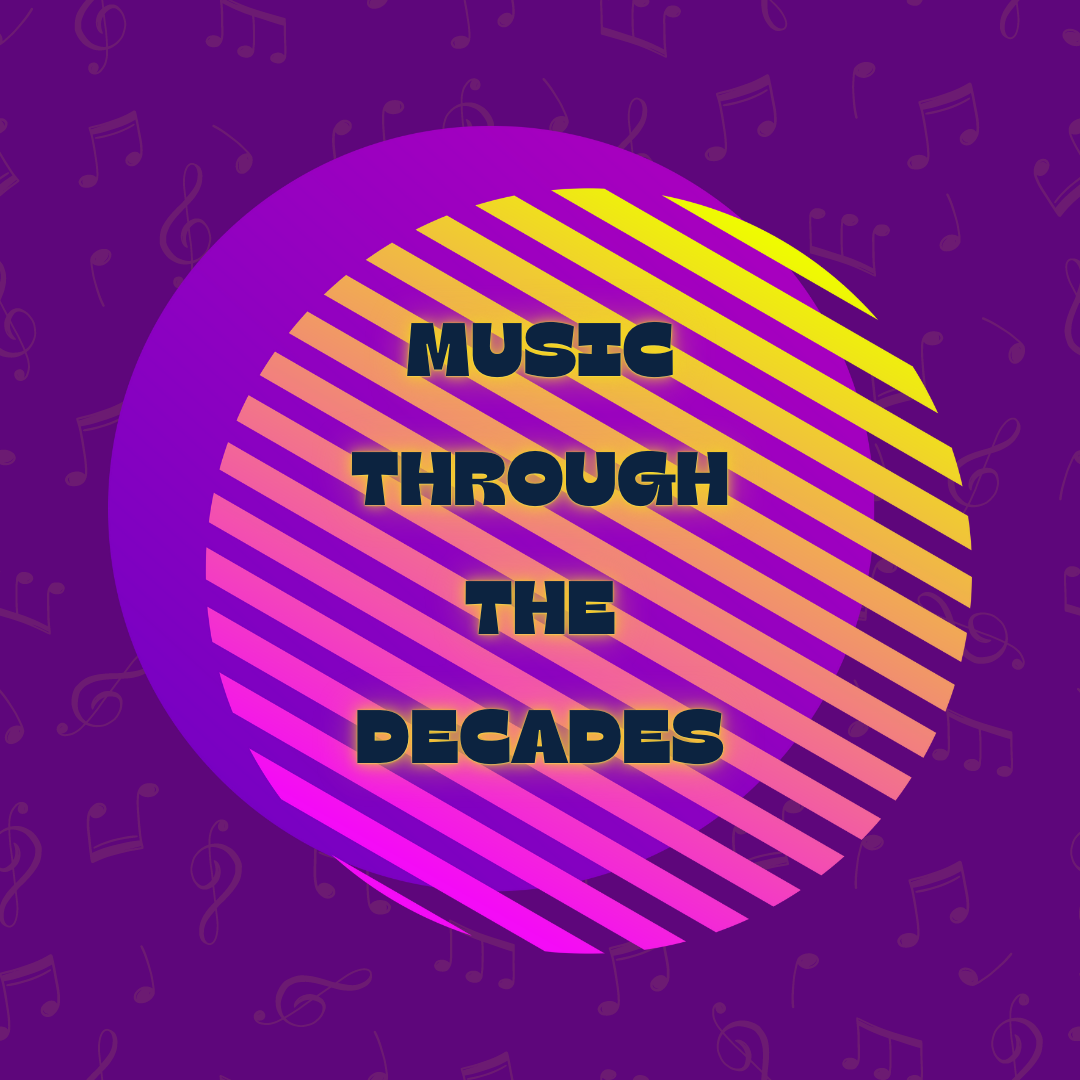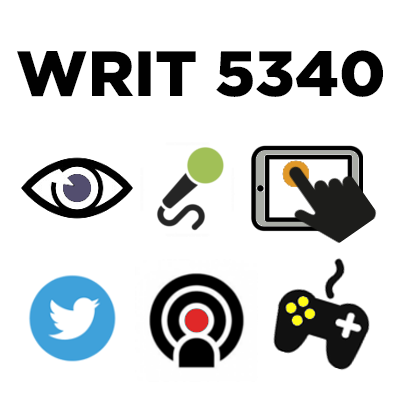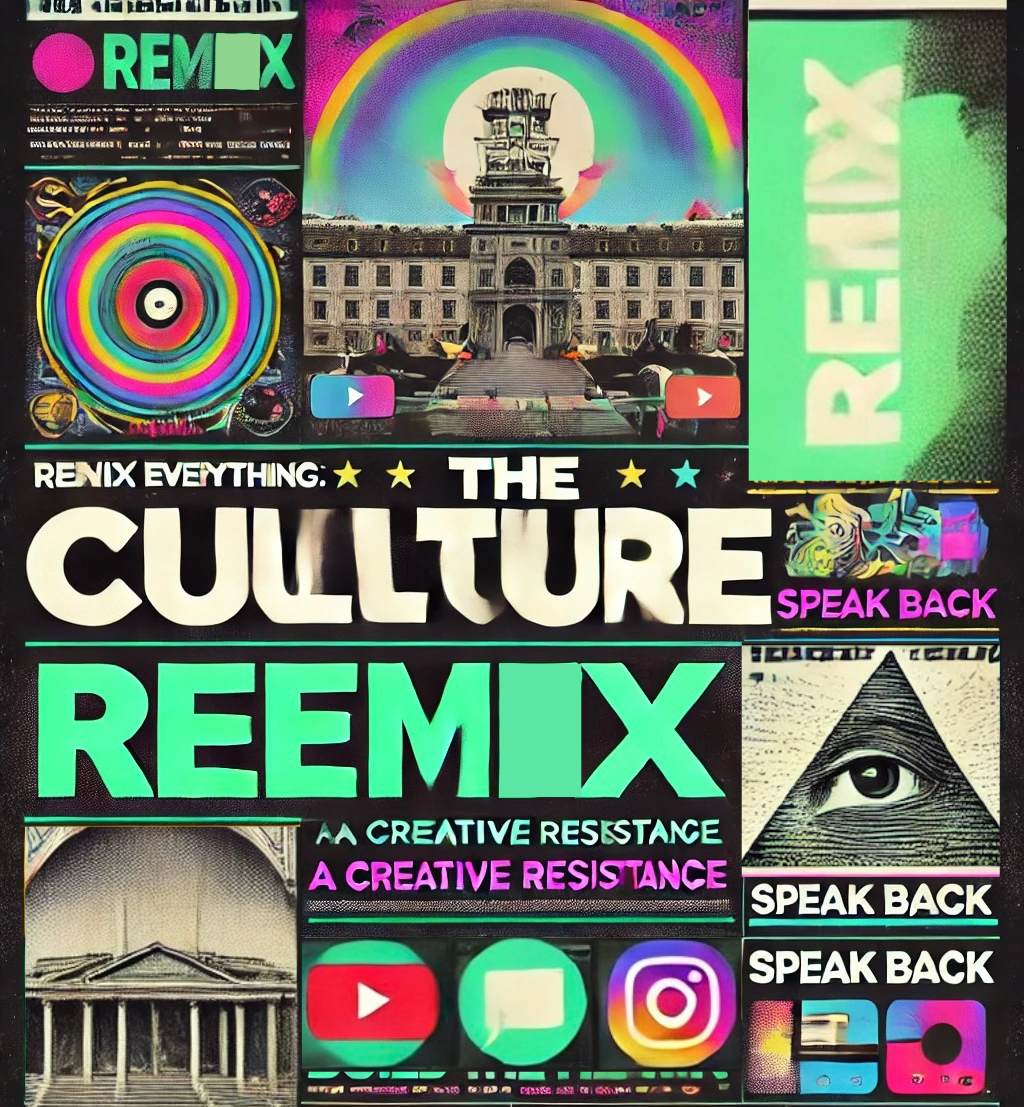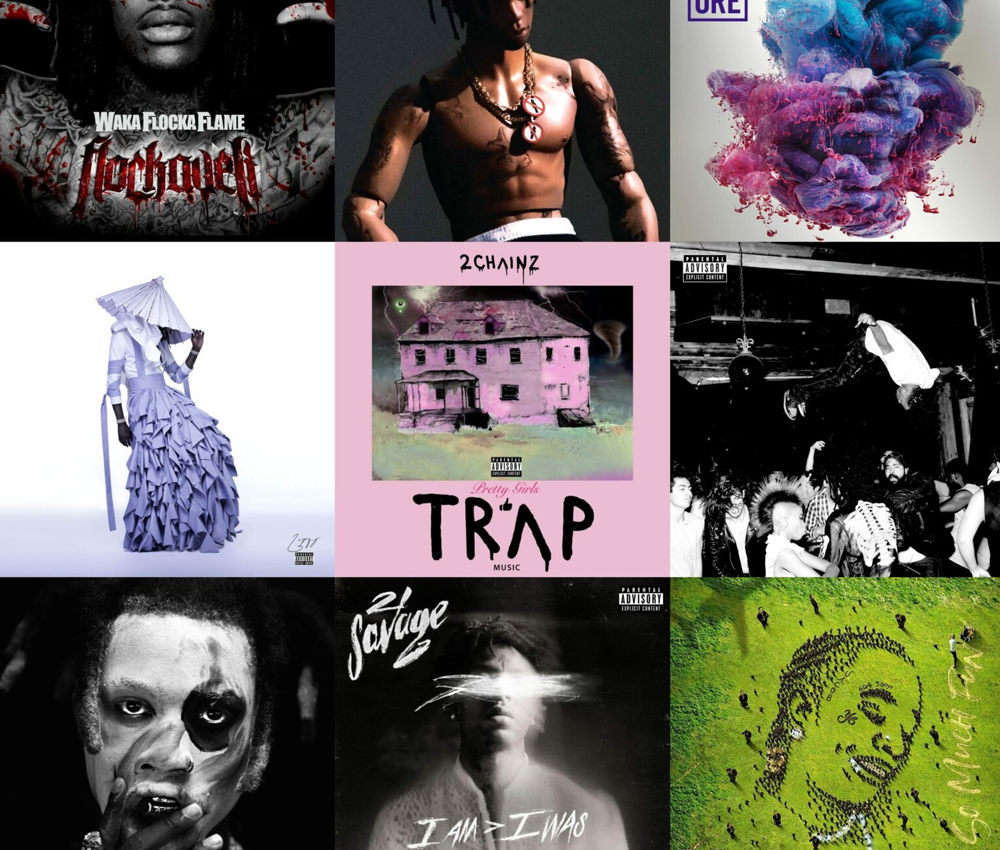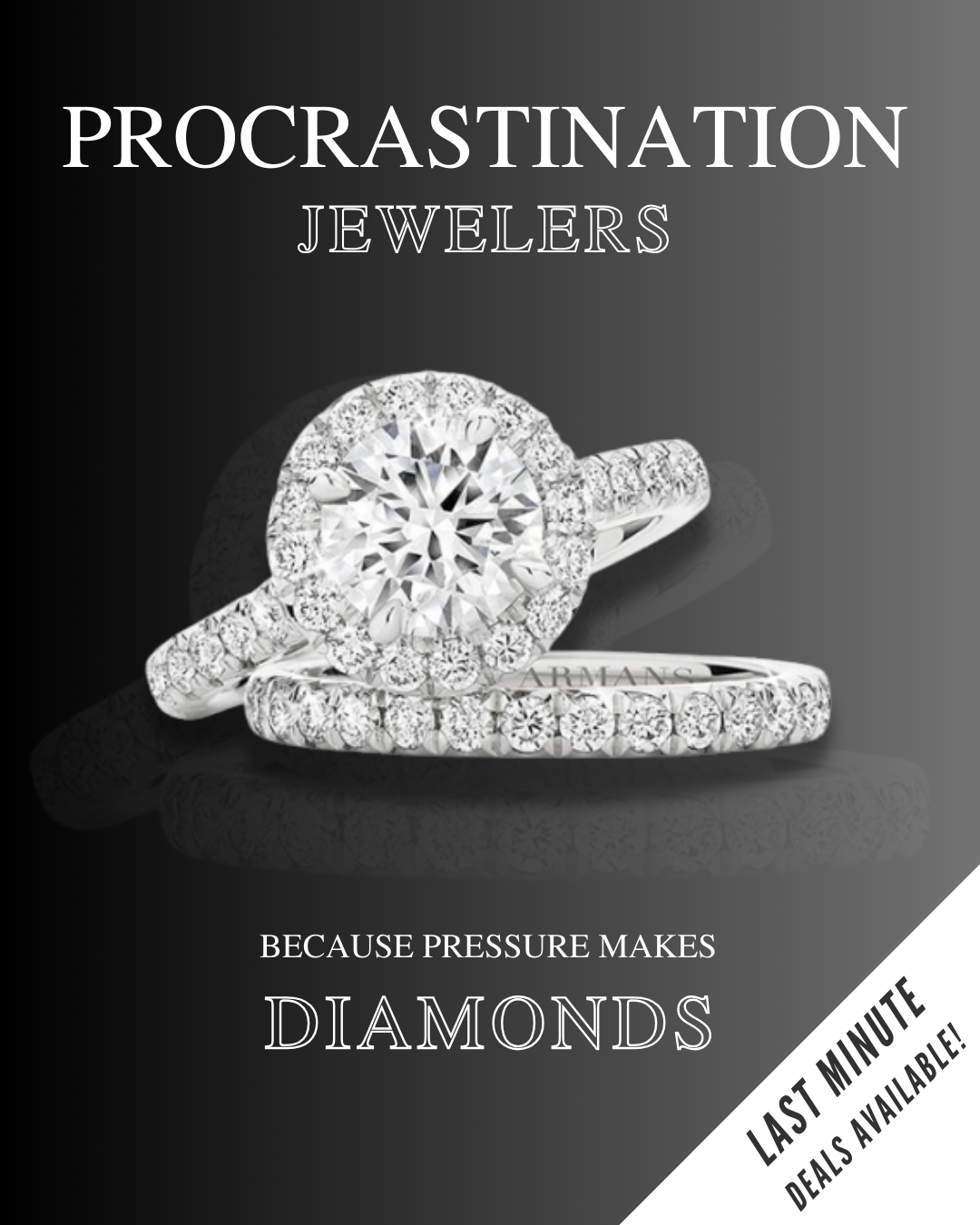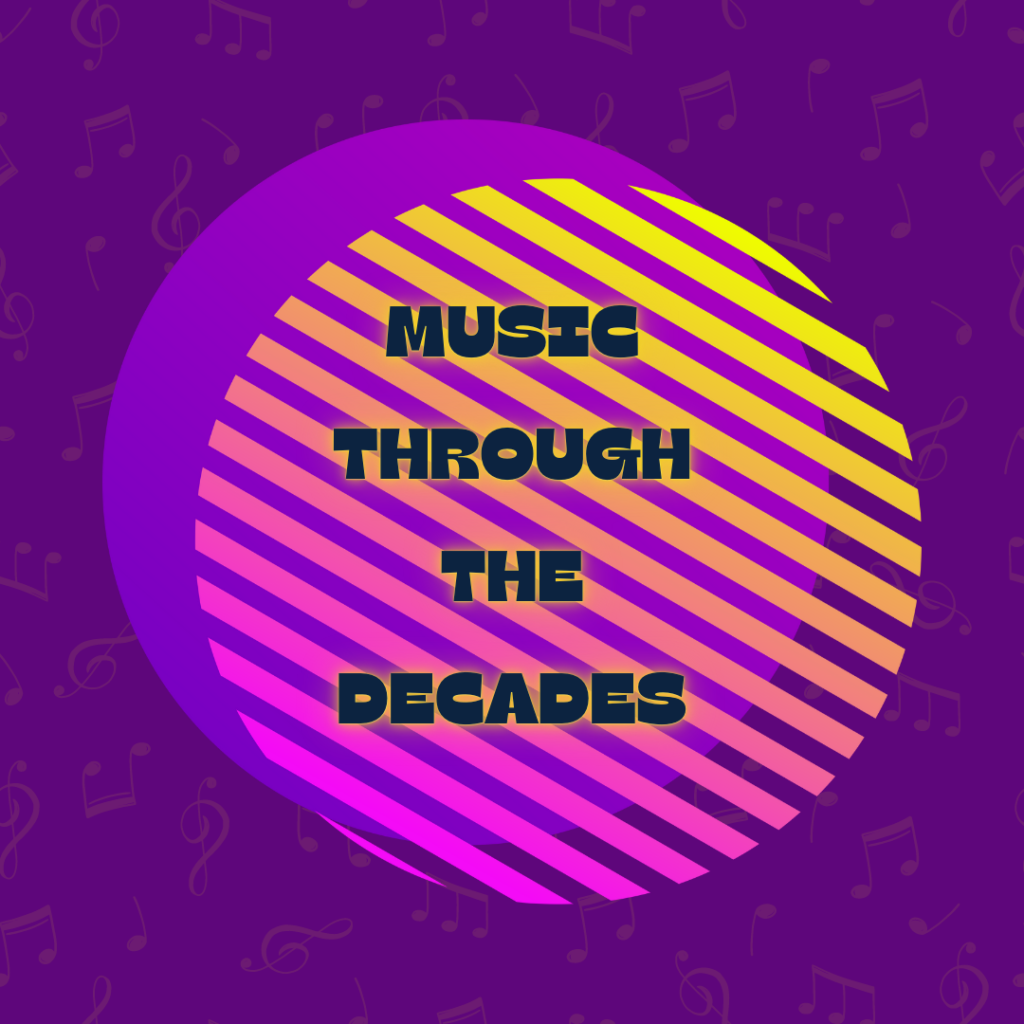
- Maker: Julia Kelley
- Genre: Audio Composition
- Level: Graduate
- Program: Composition, Rhetoric, and Digital Media
- Course: WRIT 5340: Studies in Multimodality and Digital Media
- Instructor: Dr. Eric Mason
- Semester Created: Winter 2023
Description
For the purposes of the composing with sound project, I chose to create an audio project of music through the decades, which takes a listener through the most popular songs of each 10-year period, beginning in the 1950s and concluding in the 2010s. I began the process of producing this audio composition by conducting research on the most popular songs and artists of each decade and making a list of ten top songs. I then narrowed each list down to five songs per decade, making sure I had selected songs that were representative of the early, middle, and end periods of each decade. After all the songs were chosen, I screen recorded them on the Spotify app, organized them into folders categorized by time period on my computer, and layered them into Audacity. I wanted to create a smooth transition between each song (which were about five-to-seven seconds each), so there was a great deal of editing involved to achieve this goal. Additionally, it was important to me that the listener was given a clear, aural indication of when the music was transitioning out of one decade and into another, so I found a sound recording online of an old radio being tuned and used that repeatedly to specify when a new decade era was being introduced. My purpose for this audio composition was to see how music has evolved throughout time and how it has circulated through varying contexts.
The following are the songs I chose to include in my audio project, as well as the year each song was released, beginning in the 1950s:
1950s
50 – The Tennessee Waltz by Patti Page
51 – Cry by Johnnie Ray and the Four Lads
55 – Goodnight Irene by Goodnight the Weavers
56 – Hound Dog by Elvis Presley
57 – All the Way by Frank Sinatra
1960s
64 – Where Did Our Love Go by the Supremes
65 – My Girl by the Temptations
65 – (I Can’t Get No) Satisfaction by the Rolling Stones
68 – Hey Jude by The Beatles
69 – I Want You Back by The Jackson 5
1970s
71 – Stairway to Heaven by Led Zeppelin
75 – Bohemian Rhapsody by Queen
76 – Hotel California by the Eagles
77 – Stayin’ Alive by the Bee Gees
78 – I Will Survive by Gloria Gaynor
1980s
82 – Billie Jean by Michael Jackson
83 – I’m Still Standing by Elton John
84 – Purple Rain by Prince
86 – Livin’ on a Prayer by Bon Jovi
89 – Miss You Much by Janet Jackson
1990s
90 – Freedom ’90 by George Michael
92 – I Will Always Love You by Whitney Houston
93 – Creep by Radiohead
97 – Bittersweet Symphony by The Verve
99 – I Want it That Way by the Backstreet Boys
2000s
01 – Family Affair by Mary J. Blige
03 – Hey Ya! by OutKast
04 – Boulevard of Broken Dreams by Green Day
06 – Back to Black by Amy Winehouse
08 – Viva La Vida by Coldplay
2010s
11 – Rolling in the Deep by Adele
14 – Shake it Off by Taylor Swift
15 – Uptown Funk by Mark Ronson and Bruno Mars
16 – I Can’t Give Everything Away by David Bowie
19 – Old Town Road by Lil Nas X
Reflection
In reflecting on the process of producing the audio composition project, there was critical intention as to what I wanted the project to do. Music is something that is universally shared and collectively appreciated, but it is also a very individualistic thing. People resonate closely with certain artists, genres, and songs for a multitude of reasons – maybe it reminds them of a person in their lives, an experience, or it can adequately put a feeling into words. Whatever the case may be, we are all connected by music – it is a bridge that unites us, no matter how different we are from one another. The audio project transports listeners through different periods in music’s history, and this allows newer and older generations of people to go on the journey together and to contribute to the shared meaning that the music encourages. The goal here was to create a story through music, one that invites listeners to see the evolution of music over time. It simultaneously demonstrates the progression of music over time while also freezing time by welcoming different groups of audiences. Duke Law’s Center for the study of the public domain page considers the disadvantages that creators, specifically filmmakers, face when it comes to copyright issues and accessibility to lawyers and licenses (Center for the study of the public domain, n.d.). Regarding this project, I captured short recordings of songs that are owned by an external entity (via copyright law), but I used the recordings to create something new – an aural composition that could be shared among all groups of individuals. Thus, when developing this project, I did turn to this work to think about where my vision fell in line as it related to copyright and fair use, and how I could ensure that I was abiding by these regulations. In curating this project, I engaged in acts of assemblage – taking small parts (clips of different songs) and syncing them together to form a whole. Assemblage theory in this sense grounded my production process because I had to consciously consider how each song clip from each decade would meld together to paint the bigger picture of the full audio composition itself. Tanya K. Rodrique et al.’s work in Navigating the soundscape, composing with audio provided a strong framework for seeing how aural composition can be envisioned and conceptualized in a myriad of ways, as they explain the importance of designing pedagogies that create space for sonic work in the composition classroom and showcase sonic compositions that student contributors developed (Rodrique et al., n.d.). The work that I produced for this project matters to the field because it demonstrates how dynamic communication processes are, as well as how meaning can be cultivated through these shifting practices.
Sources:
Center for the study of the public domain. (n.d.). Duke Law. https://web.law.duke.edu/cspd/comics/digital/
Rodrigue, T. K., Artz, K., Bennett, J., Carver, M. P., Grandmont, M., Harris, D., Hashem, D., Mooney, A., Rand, M., & Zimmerman, A. (n.d.). Navigating the soundscape, composing with audio. (n.d.). Kairos. https://kairos.technorhetoric.net/21.1/praxis/rodrigue/index.html
